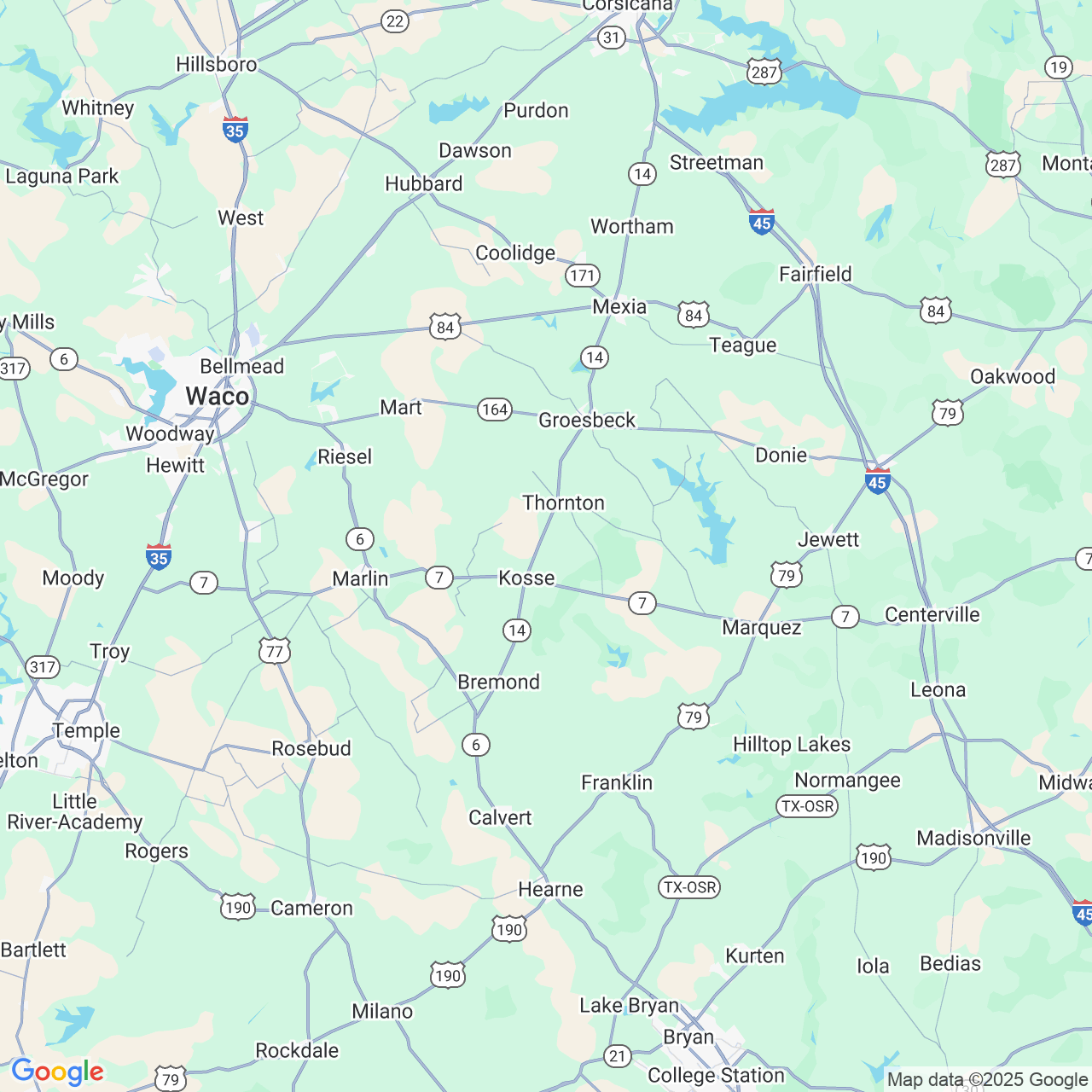Trichotillomania: One in 25 Pull Their Hair Out

Permanent hair loss from over-plucking can cause shame, embarrassment, and feelings of vulnerability.
When people ask what business we’re in, the answer may not be what you would expect. We aren’t in the hair business, although we have “hair restoration” in our name. Instead, Arocha Hair Restoration is in the confidence restoration business. Everything we do, from initial consultation through treatment and follow-up, is designed to restore confidence.
That brings us to the troubling condition called trichotillomania (pronounced “trick-o-til-o- may-nee-uh”), which robs vulnerable people – mostly girls and boys in late childhood/early puberty and young women – of their confidence. People with trichotillomania repetitively pull their hair, eyelashes, eyebrows, and hair from elsewhere on the body. In severe cases, it can cause a condition called traction alopecia, a semi-permanent disruption of the hair growth cycle.
This is basically the same reason we caution against over-tweezing eyebrows and avoiding hairstyles with tight cornrows, plaits or braids with or without extensions, weaves, ponytails or even hair rollers or curlers. Our hair restoration surgeon, Dr. Bernard Arocha, discussed traction alopecia in this video: https://www.youtube.com/watch?v=xCvi7rISVNQ.
How can repeatedly pulling on your hair cause permanent hair loss? It disrupts the normal growth cycle. It includes three distinct phases:
- The anagen phase is the active growth phase.
- The catagen phase is when growth stops.
- The telogen phase is when hair is at rest.
Now some people learning about trichotillomania for the first time might wonder why someone would pull their hair – or why they wouldn’t just stop. That’s like suggesting to a person suffering from anorexia that they eat a good meal. It’s just not that simple.
The Diagnostic and Statistical Manual of Mental Disorders classifies trichotillomania as an “Obsessive Compulsive and Related Disorder.” A 2013 study found that up to one in every 25 people will have experienced trichotillomania in their lifetime. That means up to 12.7 million Americans experience trichotillomania at some point during their lives.
The impact on the lives of those with trichotillomania can be heartbreaking. Their noticeable hair loss can cause shame, embarrassment, and feelings of vulnerability. As we see with men and women experiencing androgenic alopecia (male pattern baldness or female pattern baldness), people with trichotillomania seek to cover up their hair loss and avoid activities and social situations. The feelings of isolation just compound the emotional distress they experience.
As confidence restoration experts, we always focus on what can be done to help. In this case, hair restoration is just one possible step. After all, restoring someone’s hair who is compelled to keep plucking it out is a terrible solution!
First, the International OCD Foundation recommends a combination of education, medication, and behavior therapy:
“Each individual will need to be evaluated to determine the best protocol depending on their circumstances. Behavior therapy includes “Habit Reversal Training,” which is designed to increase the person’s awareness into the triggers, and create what are called “competing responses” to interrupt the pulling response.”
After the behavior change is complete and successful, we can get to work restoring hair and restoring confidence.
The important thing to understand is that if you or a loved one is experiencing trichotillomania, you are not alone. Millions of other people are going through or have endured what you are experiencing. Here are a few personal essays that are worth reading:
- My Battle With Trichotillomania
- What I Want People To Know About My Lifelong Struggle With Trichotillomania
- Trichotilliomania: 12 things you should know
As we conclude, we at Arocha Hair Restoration want to clearly state that we support more research into trichotillomania so the medical community can gain a clear understanding of the condition and how best to treat it. During the past decade, the body of research has steadily grown, but if we are to effectively prevent and manage the condition, additional research is essential.
For more information about trichotillomania, we recommend the following resources:
- The TLC Foundation: https://www.bfrb.org/
- WebMD: http://www.webmd.com/anxiety-panic/guide/trichotillomania
- Mental Health America: http://www.mentalhealthamerica.net/conditions/trichotillomania-hair-pulling
- American Academy of Child & Adolescent Psychiatry: http://www.aacap.org/AACAP/Families_and_Youth/Facts_for_Families/FFF-Guide/Hair-Pulling-(Trichotillomania)-096.aspx
- Wikipedia: https://en.wikipedia.org/wiki/Trichotillomania



